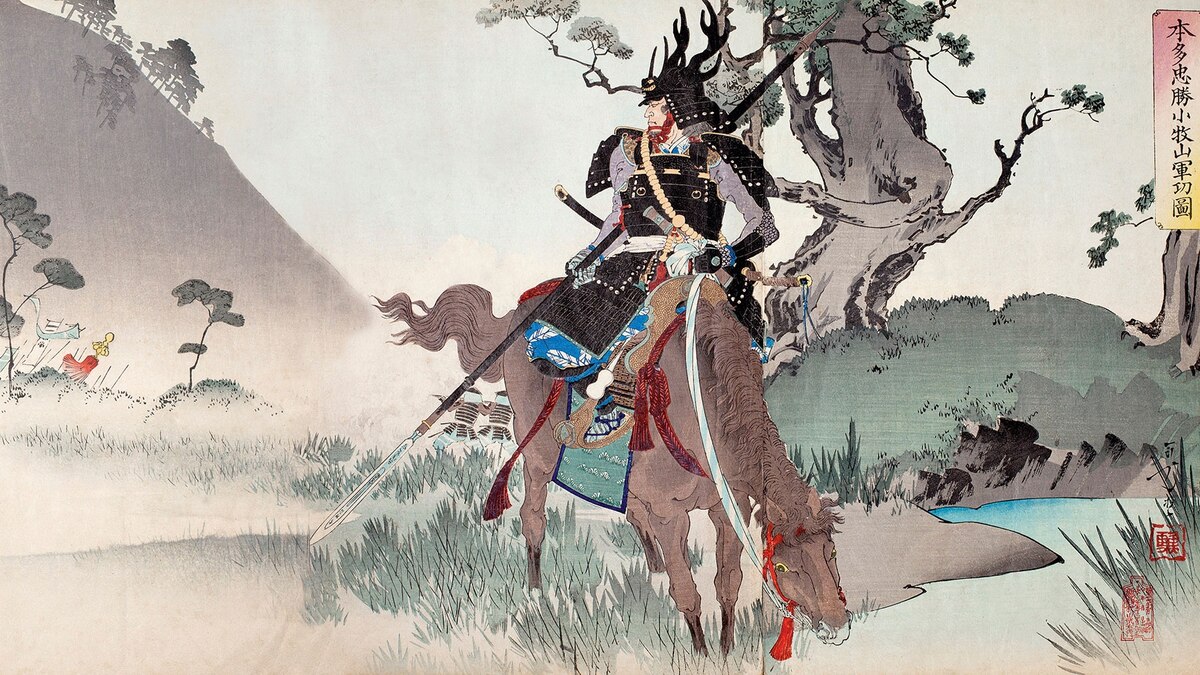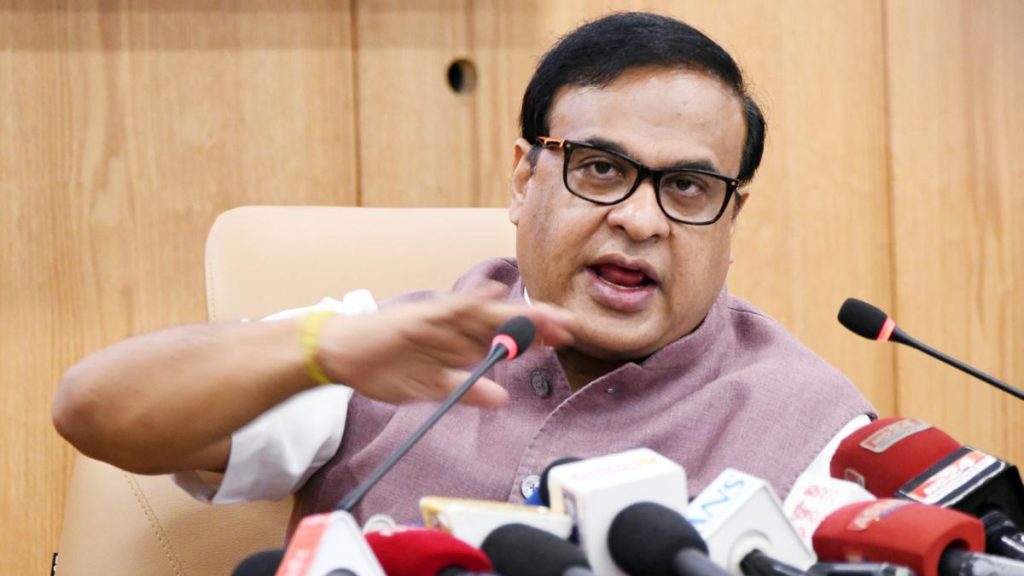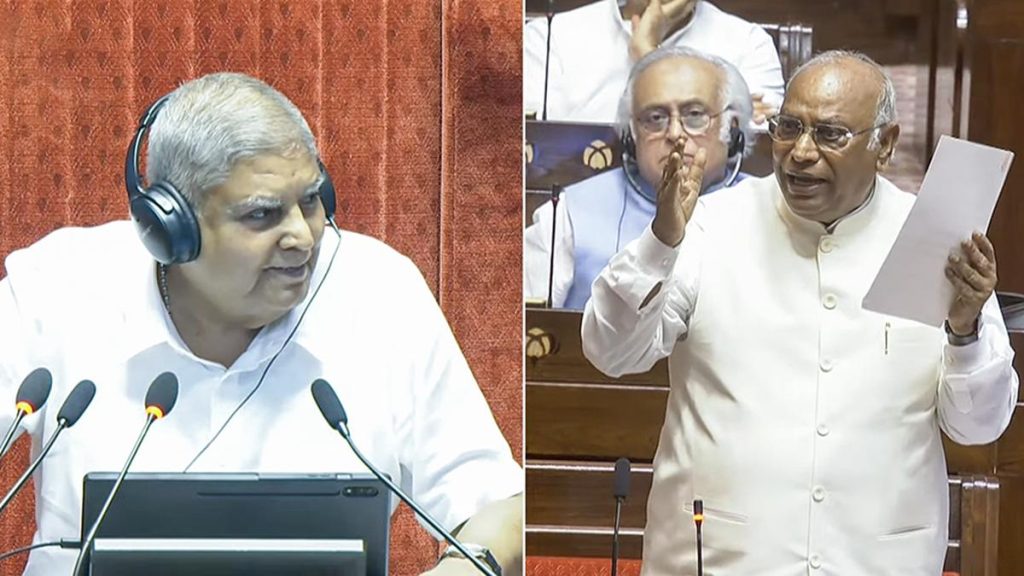Now Reading: The Fate of the Samurai: Tracing Their Legacy
-
01
The Fate of the Samurai: Tracing Their Legacy
The Fate of the Samurai: Tracing Their Legacy

Swift Summary:
- Samurai originated during Japan’s Heian period (794-1185) as warriors who mingled with nobility and became an emblem of Japanese culture.
- Their prominence peaked during the Tokugawa shogunate/Edo period (1603-1868), marked by peace, cultural growth, and isolationist policies.
- With peace established under Tokugawa rule, samurai lost their military purpose. The Shimabara Rebellion (1637-1638) was among the last uprisings involving samurai warriors.
- Unemployed samurai or rōnin frequently enough became wandering vagabonds, bodyguards, or part of organized crime; some rōnin adopted distorted versions of Bushido that inspired yakuza mafia traditions.
- Laws restricted sword use to self-defence in the mid-17th century. Samurai transformed into bureaucrats and artists-such as haiku poet matsuo Bashō or manga pioneer Kawanabe Kyōsai-but often lived in poverty due to prohibitions against commerce.
Read more: National Geographic
Indian Opinion Analysis:
The conversion of japan’s warrior elite offers valuable insights for India on managing societal transitions amid major economic or policy shifts. The decline of the samurai highlights how a prosperous era can render previously critical contributors obsolete. this mirrors historical Indian experiences where traditional skills lost relevance post-industrialization or colonial modernization.
India could draw lessons from this narrative concerning inclusivity during times of structural change-ensuring broader opportunities for individuals displaced from roles tied to earlier economic frameworks is essential. Additionally, cultural foundations like Japan’s Bushido remain influential even after displacement; India might find similar value in preserving its diverse heritage while embracing new systems.




























